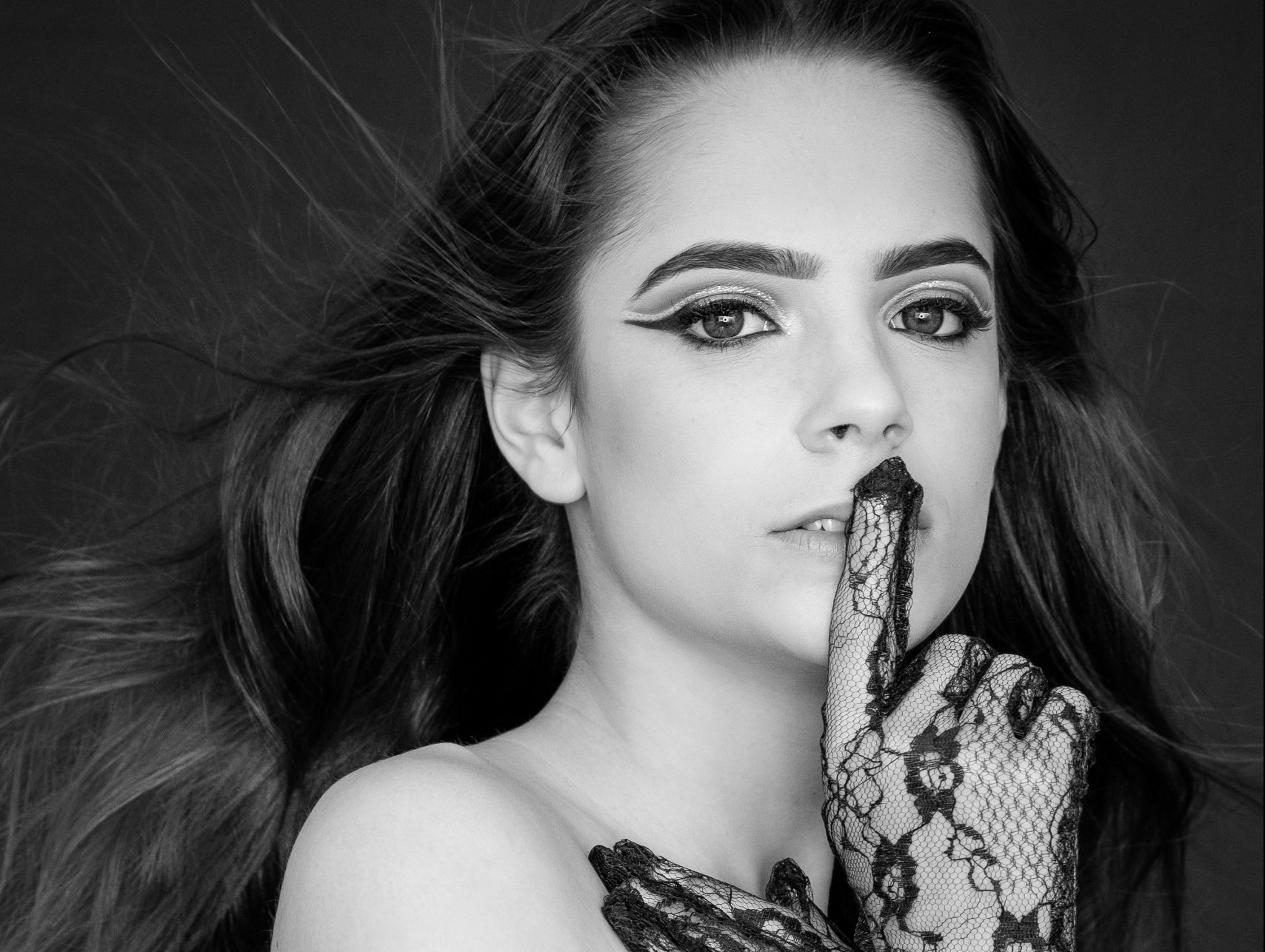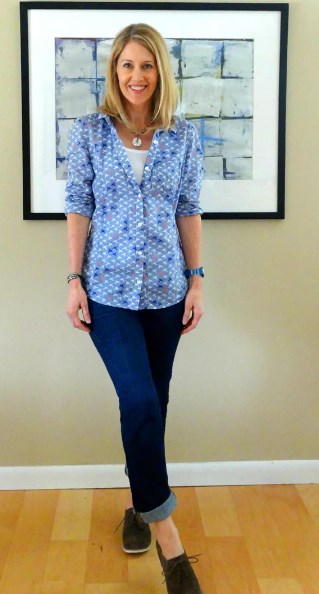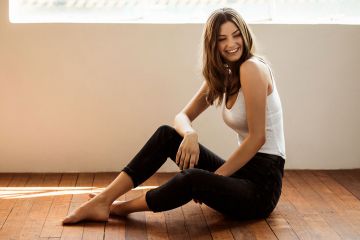The Newbie's Overview to Product Photography
If a photo is worth a thousand words, a magnificent product picture is worth a thousand site sees. Although I do not have data to support that declaration (yet), product photography can be very beneficial to your ecommerce internet site strategy.
To reach your target audience participants that choose acquiring online, you additionally need to give your target market clear, eye-catching photos of your products.
Yet product photography isn't as simple as pointing as well as shooting. Even one of the most standard products require the correct devices, lighting, as well as space to create lovely photos that market consumers right from the acquisition page.
6 Product Photography Tips (and Instances) for Taking Pictures That Sell
Here are the tips, examples, and products you'll require to properly photograph and also market your items in a way that makes your visitors as well as potential customers wish to convert.
1. Do not hesitate to use your mobile phone's camera.

This is the part where I'm meant to persuade you to purchase a premium, 50-megapixel (MP) camera with a 100-millimeter screw-on lens. Yet I'm not going to do that.
If you currently possess a video camera that fits this description, make use of it. But for numerous kinds of products, it's entirely acceptable to fire product photos on a smart device.
More recent mobile phones flaunt powerful cam lenses and also setups that enable you to maximize your shots for the various sorts of light and settings you may fire in.
If you require extra persuading, just check out Apple's Shot On An iPhone project as well as the photos that have actually resulted from it for many years such as this set:
2. Fire from a tripod for photo uniformity.
Before clarifying tripods, I'm obligated to begin with a principal rule: Do not prop your phone versus something strong to intend your lens towards the subject.
It's just also easy for this makeshift configuration to slide about throughout the shoot and create disparities in your pictures' look. If you relax your camera on, claim, a stack of publications, just be sure this setup does not change over the course of the shoot.
There's no injury in holding your camera yourself when firing simply a couple of product photos for your ecommerce website. But as your service expands, as well as you take extra images of more products, it can be difficult to standardize the product's orientation in each photo when firing portable.
To guarantee consistency throughout your items, you'll need a tripod. As well as luckily, purchasing one isn't constantly the huge, industrial-sized financial investment it used to be.
Right here are 2 kinds of tripods to take into consideration.
Traditional vs. Adaptable
This is a custom tripod-- there are conventional tripods available for both video cameras as well as smart devices.
A versatile tripod can be manipulated in a variety of methods. You can bend its legs and position it on different surfaces to obtain the angle you need.
Mobile Grasp

There's frequently a screw on the top of your tripod which attaches to your video camera to hold it in place. The underside of the majority of professional-grade video cameras has a screw opening just for this purpose, however mobile phones can use the adhering to adapter:
The adapter grips the sides of your smart device and can screw right into either kind of tripod, enabling you to operate the cam regulates with the phone screen facing exterior and also toward you.
As soon as you figure out which mount you'll require, set it up in front of your product, as well as think about placing three pieces of tape on the ground to mark where you wish to keep each leg of your tripod over the course of the shoot.
3. Select all-natural light or fabricated light.
Never ever ignore just how particular types of light can boost (or impede) your product photography. Keep in mind, purchasers get the best take a look at an thing personally, where they can see whatever they require to prior to acquiring. The best lighting plan aids you reveal those critical decision-making product attributes when all website site visitors need to go on is a photo.
A single lighting arrangement might not work for every product-- a illumination plan that helps some products may deteriorate the look of others.
There are two kinds of light you can pick as your major light source: natural and also artificial light.
All-natural Light
All-natural light describes sunshine-- simple as that. It's likewise known as "soft light" since the sun casts a bigger, softer range of light than, claim, a lamp beaming directly on the product. Ecommerce product shots flourish in natural light if:
The product is shot outside or meant to be used outside.
The product is utilized by, endured, or shot with a individual (people tend to look far better in natural light).
You're attempting to emphasize the product's surroundings, rather than details qualities of the product.
Here's an example of a shot utilizing all-natural light:
Synthetic Light
Synthetic light includes candle lights, fire, and extra typically, light bulbs. It's likewise referred to as " tough light" due to the fact that it generates a smaller however a lot more focused light surface area. This http://devinxwkk939.raidersfanteamshop.com/5-real-life-lessons-about-importance-of-product-photography-in-ecommerce type of light accommodates items with physical details that require to be highlighted to excite an on-line customer.
As a basic policy, adhere to simply one kind of light per photo-- all-natural or fabricated. Adding all-natural light to an artificially lit photo can soften a product that's suggested to festinate, as well as adding fabricated light to a naturally lit photo can develop a product that's indicated to look soft. You do not intend to enter your own method.
4. Fill up or jump your light to soften darkness.
Whether you use natural light or fabricated light, you'll need to decrease the shadows that any possible hard light casts on the opposite end of a product.
There are three means to do this:
Fill Light
Include an additional, less-intense light to supplement your primary light. This extra light is called your fill light and also is used as a counterbalance to soften the natural darkness your primary light produces behind an object.
To do this, position your fill light contrary your main light so your product rests in between both light sources.
Flashbulb Bounce Card
A bounce card, or reflector card, is a little card that " mirrors" or " jumps" the primary light back onto the surface area underneath your product to minimize shadows.
Some bounce cards connect to the flashbulb of a specialist cam lens to diffuse the light from the camera's flash. This card sprinkles a softer light onto the subject from above your collection-- instead of right at it-- so you do not have lengthy shadows trail behind the things you're firing.
Standalone Bounce Card
If you're shooting from a smartphone, a flashbulb bounce card isn't an choice, considering that you do not have a physical flash you can affix it to. Instead, make your own standalone bounce card placed opposite your main light source.
For beginners to product photography, this bounce card can efficiently change your fill light, which counters the hard light from the electronic camera flash or light that's facing toward the front of your product.
5. Utilize a move or picture mode to emphasize the product.
There isn't one right way to position your product, lights, as well as bounce cards-- they can change substantially depending upon your background. However don't choose a history based upon what's simplest to develop. Histories need to appear like how you desire your buyers to perceive your product when watching it online.
Think about initially whether you would certainly like a white history or a more vibrant, real-world history. There's an simple method to attain every one.

White Background: Move
For white histories, it's not as simple as setting up a table versus white drywall. Also smartphone cams can pick up little imperfections on a white wall that you would not notice with the nude eye. To record a best white history with no corners or imperfections, utilize a move.
A move is a large flexible sheet of paper, whose lower acts as the surface area underneath your product and afterwards curves up right into a white wall surface behind the product.
On electronic camera, the move's curve is unseen, stressing essential product details and allowing the product to possess every one of a site visitor's attention.
Real-World History: Picture Setting
Dynamic, real-world backgrounds are extremely enticing when capturing products that have a details usage or are being designed by a individual-- as you saw aware of the briefcase previously in this guide.
However, it's simple for a real-world history to take the focus of the photo, making it uncertain which thing in the photo you're actually marketing.
Offer your product deepness and emphasis with picture setting, a photo setting on most professional cams, and also available on several new smart devices. This setting blurs the background so the context of the product is clear however not completing against the product itself.
Below is a very awesome photo of a HubSpot pen taken in portrait mode on a Google Pixel 2 (I took this image myself). You can tell the pen remains on a desk with a computer behind it, however the pen is still the prime focus for audiences:
6. Fire a selection of images.
My last ecommerce photography tip to you is to not stop at one photo per product. Just as your clients look, hold, make use of, as well as even try on merchandise in a store, your site ought to shoot a selection of photos to simulate this very experience.
If you're shooting apparel, for instance, capture the garment of clothes alone-- that is, expanded on a white surface-- as well as on a mannequin whose color contrasts the color of the product.
After that, for extra pictures, have the clothes modeled on a person, allowing you to take pictures of the product from the individual's different positions and angles.
Product Photography Set-Up
Next off, allow's summarize what we just received-- right here's a listing of fast product photography set up suggestions that you can refer to as well as share on your group:
• Pick a electronic camera-- whether that means utilizing your smartphone.
• Obtain a tripod that helps your cam of choice.
• Select all-natural or man-made lights-- think of which choice is best for your product and environment.
• Determine whether you'll load or jump light.
• Select move or portrait setting.
• Take several different images to use your visitors range.
Begin With Your Product Photography
Don't feel obligated to buy every idea as well as piece of equipment simultaneously. Use these product photography tips slowly to see what makes your shop look one of the most nice, as well as change your method as your photography chops improve.